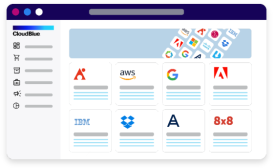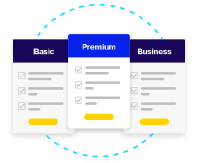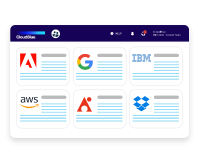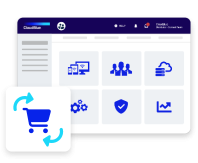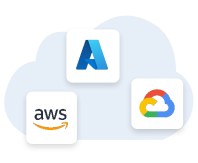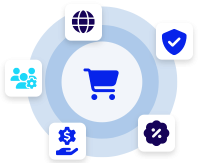Flat rate pricing is a straightforward pricing model where a single, unchanging fee is charged for a product or service, regardless of usage or features.
In the SaaS industry, this means customers pay the same price every billing cycle, no matter how they use the software. This simplicity makes it easy for customers to understand their costs and for businesses to maintain predictable revenue.
The definition of flat rate pricing is rooted in its consistency. Unlike tiered or usage-based pricing structures, flat rate pricing eliminates complexity, making it appealing to both startups looking to onboard new customers and established companies aiming for predictable billing.
How Flat Rate Pricing Works in SaaS
In SaaS, flat rate pricing structures are often used to offer a single software package with predefined features and capabilities. For example, a project management tool might charge a flat monthly fee for unlimited users and access to all features. Customers appreciate the transparency, as they don’t need to calculate costs based on variables like user count or data usage.
This model is particularly beneficial for businesses targeting a broad audience with similar needs. By avoiding complicated pricing structures, companies can streamline their sales process and reduce friction in decision-making. However, this simplicity can sometimes limit growth if the flat rate does not accommodate users with varying needs or budgets.
Pros and Cons of Flat Rate Pricing
Flat rate pricing has its advantages. It simplifies billing, reduces administrative overhead, and creates a predictable income stream. Customers often favor this model for its transparency and lack of hidden fees, making it an attractive option for many SaaS companies.
However, flat rate pricing is not without its drawbacks. It may leave revenue on the table if high-usage customers pay the same as low-usage ones. Conversely, it can also deter potential customers who need only a fraction of the offered features but are required to pay the full price. To balance these challenges, businesses must carefully assess whether this model aligns with their customer base and product offering.

